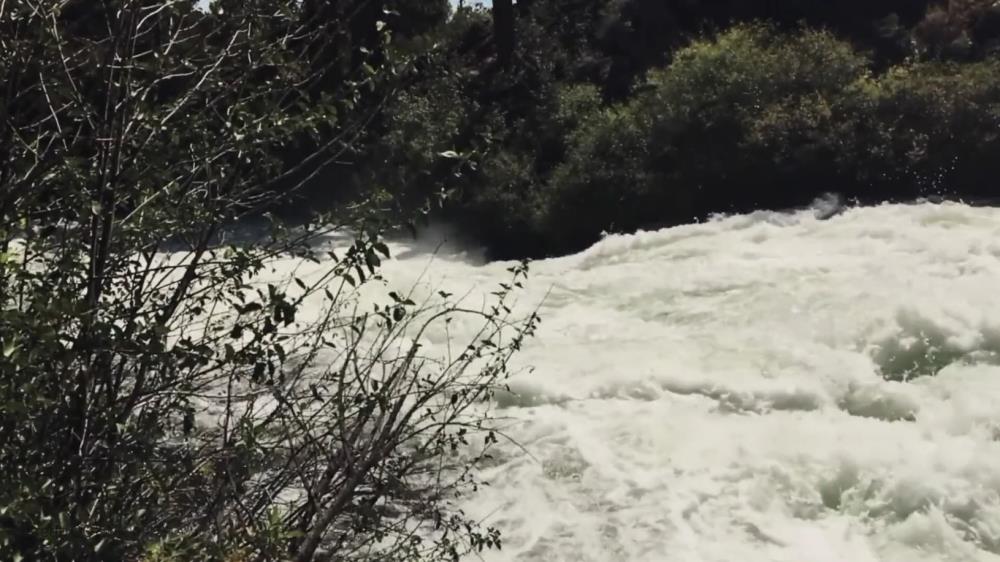
Related items loading ...
Section 1: Publication
Publication Type
Journal Article
Authorship
Marsh C.B., Harder P., Pomeroy J.W.
Title
Validation of FABDEM, a global bare-earth elevation model, against UAV-lidar derived elevation in a complex forested mountain catchment
Year
2023
Publication Outlet
Environmental Research Communications
DOI
ISBN
ISSN
ISSN 0048-9697
Citation
Marsh C.B., Harder P., Pomeroy J.W. (2023). Validation of FABDEM, a global bare-earth elevation model, againstUAV-lidar derived elevation in a complex forested mountain catchment. Environmental Research Communications.
Abstract
Space-based, global-extent digital elevation models (DEMs) are key inputs to many Earth sciences applications. However, many of these applications require the use of a ‘bare-earth’ DEM versus a digital surface model (DSM), the latter of which may include systematic positive biases due to tree canopies in forested areas. Critical topographic features may be obscured by these biases. Vegetation-free datasets have been created by using statistical relationships and machine learning to train on local-scale datasets (e.g., lidar) to debias the global-extent datasets. Recent advances in satellite platforms coupled with an increased availability of computational resources and lidar reference products has allowed for a new generation of vegetation- and urban-canopy removals. One of these is the Forest And Buildings removed Copernicus DEM (FABDEM), based on the most recent and most accurate global DSM Copernicus-30. Amongst the more challenging landscapes to quantify surface elevations are dense forested mountain catchments where even airborne lidar applications struggle to capture surface returns. The increasing affordability and availability of UAV-based lidar platforms has resulted in new capacity to fly modest spatial extents with unrivalled point densities. These data allow an unprecedented ability to validate global sub-canopy DEMs against representative UAV-based lidar data. In this work, the FABDEM is validated against an up-scaled lidar data in a steep and forested mountain catchment considering elevation, slope, and Terrain Position Index (TPI) metrics. Comparisons of FABDEM with SRTM, MERIT, and the Copernicus-30 dataset are made. It was found that the FABDEM had a 24% reduction in elevation RMSE and 135% reduction in bias compared to the Copernicus-30 dataset. Overall, the FABDEM provides a clear improvement over existing de-forested DEM products in complex mountain topography such as the MERIT DEM. This study supports the use of FABDEM in forested mountain catchments as the current best-in-class data product.
Plain Language Summary
Key Points
-Reproducible, transparent modeling increases confidence in model simulations and requires careful tracking of all model configuration steps
-We show an example of model configuration code applied globally that is traced and shared through a version control system
-Standardizing file formats and sharing of code can increase efficiency and reproducibility of modeling studies
Section 2: Additional Information
Program Affiliations
Project Affiliations
Submitters
Publication Stage
Published
Theme
Water Quality and Aquatic Ecosystems
Presentation Format
10-minute oral presentation
Additional Information
Modelling-Core, Refereed Publications


 GWFNet
GWFNet Master
Master Data
Data Research
Research Map
Map
 Advanced
Advanced Tools
Tools
 . . .
. . .
 Metadata Editor
Metadata Editor
 Record List
Record List
 Alias List Editor
Alias List Editor
 Legacy sites
Legacy sites